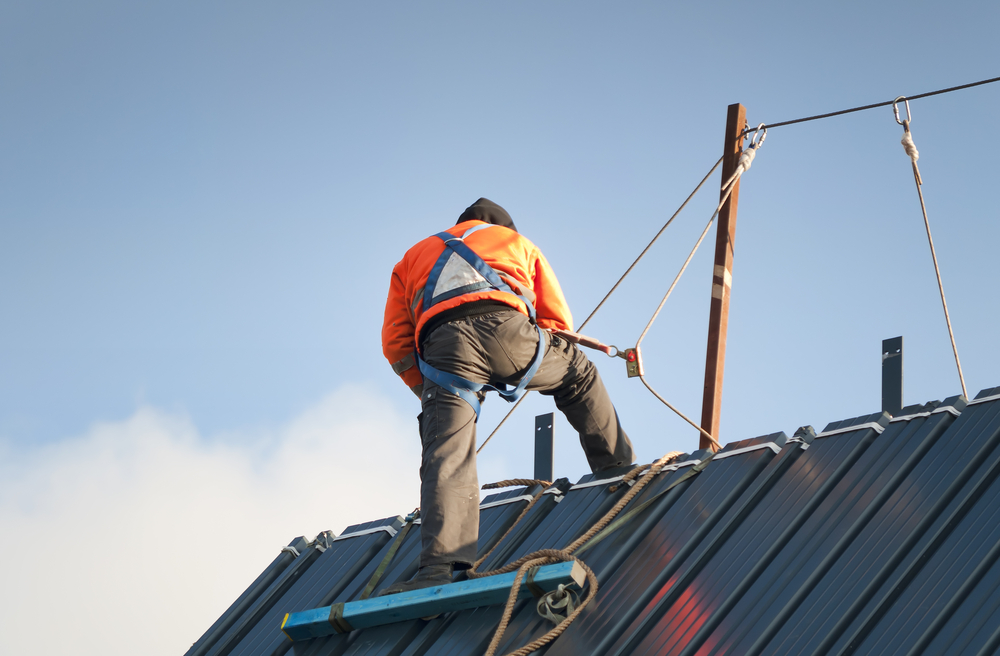What Does ‘Working at Height’ Refer to?
When we talk about working at height we are making reference to work in a location that without necessary precautions could result in a worker falling such a distance as to result in personal injury. Essentially, you are working at height if you’re working higher than ground floor level. In addition to this rather obvious fact, you are also considered to be working at height if you are working on a fragile surface with the risk of falling through it or if there is an opening in the floor or a hole in the ground that you could fall through.

It is imperative as an employer and employee that you understand the risks and legislation and safe working at height training is simply a must.
There are some simple guidelines that employers should make workers aware of before working at height as set out by HSE.
It is Essential that Employees:
- avoid work at height where practicable;
- where it is not possible to avoid working at height, falls should be prevented by using the right equipment;
- take precautions when working on or near fragile surfaces;
- where risk cannot be eliminated the distance and consequence of a potential fall; should be restricted by using the right equipment;
- make sure that they do not overload or overreach when working at height;
Employers Should Take Steps to Ensure that:
- as much work as possible should be carried out at ground level;
- workers are able to safely navigate their workspace at height;
- any equipment is fit for purpose and in proper condition and regularly serviced;
- provide protection from falling objects;
- emergency evacuation and rescue procedures are well understood.
There are a number of quality training programmes available to employers including some of our health and safety training online courses and we shall look briefly at the two principle accreditors – PASMA and IPAF.
PASMA
The half-day PASMA course is tailor-made to give the individual the requisite information to be able to effectively comply with their best practice when working at height and fully understand Work at Height Regulations. The course is split into two principal sections.
1: Current Legislation
2: Regulations and Guidance affecting work at height.
On completion of the course a PASMA certificate and photo card (which can be displayed on site) will be given to the successful attendees after completion – both of which are valid for five years. There are a variety of different PASMA courses for employees and managers according to which types of mobile towers or other equipment may or may not be used.
IPAF (International Powered Access Federation)
IPAF itself does not provide training, but audits approved IPAF training centres on a regular basis. The type of training that these approved training centres provides is for employees who work on cranes and similar elevated equipment or mobile stanchions.
The main course is called the Mobile Elevating Work Platform (MEWP) Course and it is available in different guises for those responsible for such equipment and its use at different levels.
Summary
Working at height is a risky business that must be treated with great respect both legally and professionally. Gaining the approval of accredited courses at a management and employee level must be considered the bare minimum. Everyone must remain alert on site and ensure that good practice is being adhered to as a certificate is only as good as the person who holds it on any given day. It is a great idea for managers to ensure that laminated sheets displaying the fundamentals of good work at height practice are on site to keep the basics fresh in everybody’s minds.